Universities and art schools alike have been subjected to the pressure of recent austerity politics and the ongoing attempt to transform higher education according to the demands of reigning neoliberals. In this context, it is urgent to conceive of alternative frameworks and methodologies of study—whether within, outside or at the margins of academic institutions. This book examines the current interest in education through a series of conversations with artists, theorists, activists and educators, including Suhail Malik, Brian Holmes, Ruth Sonderegger, Gerald Raunig, Judy Chicago, Gal Kirn, Mohammad Salemy, Melissa Gordon, Marina Vishmidt and Andrea Fraser.
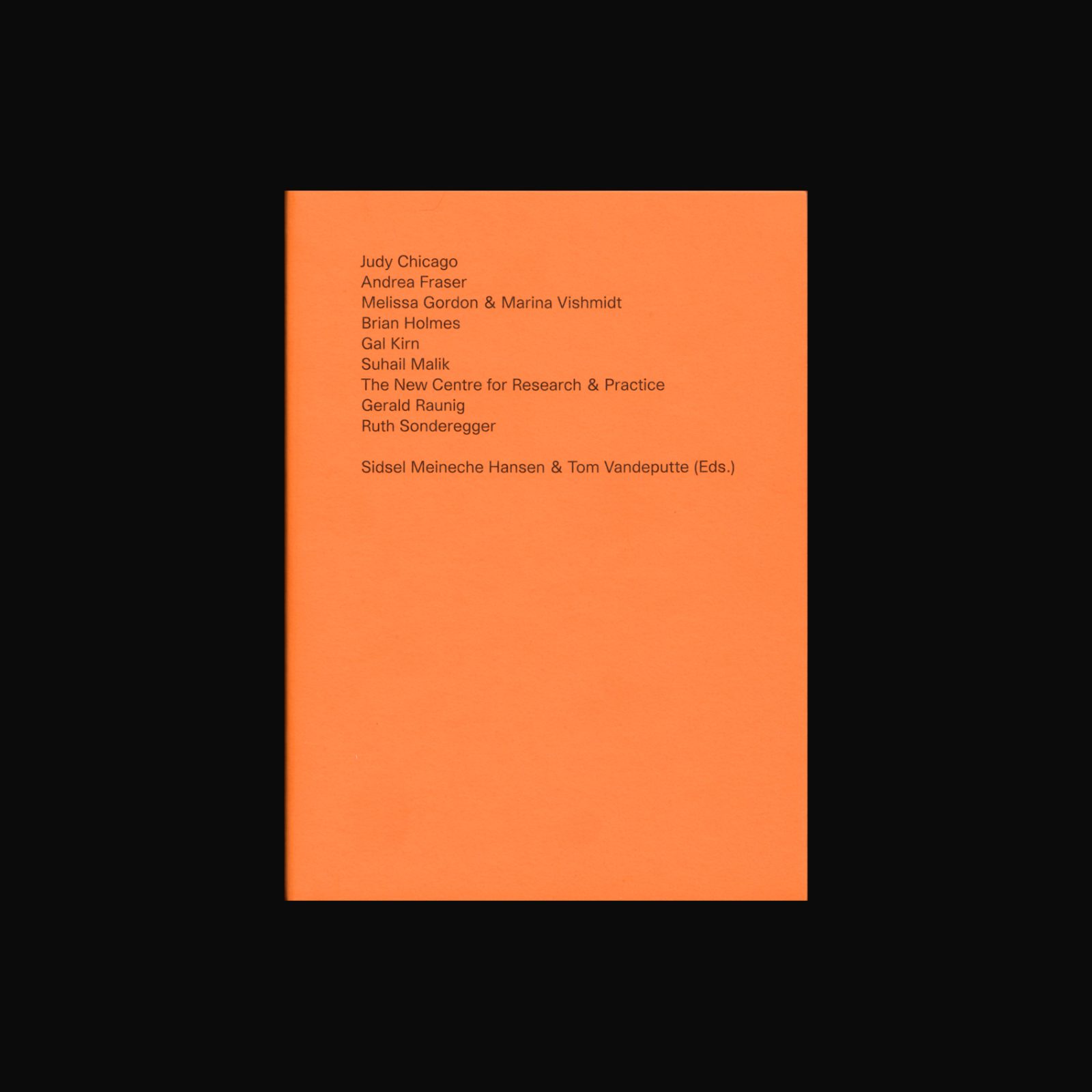
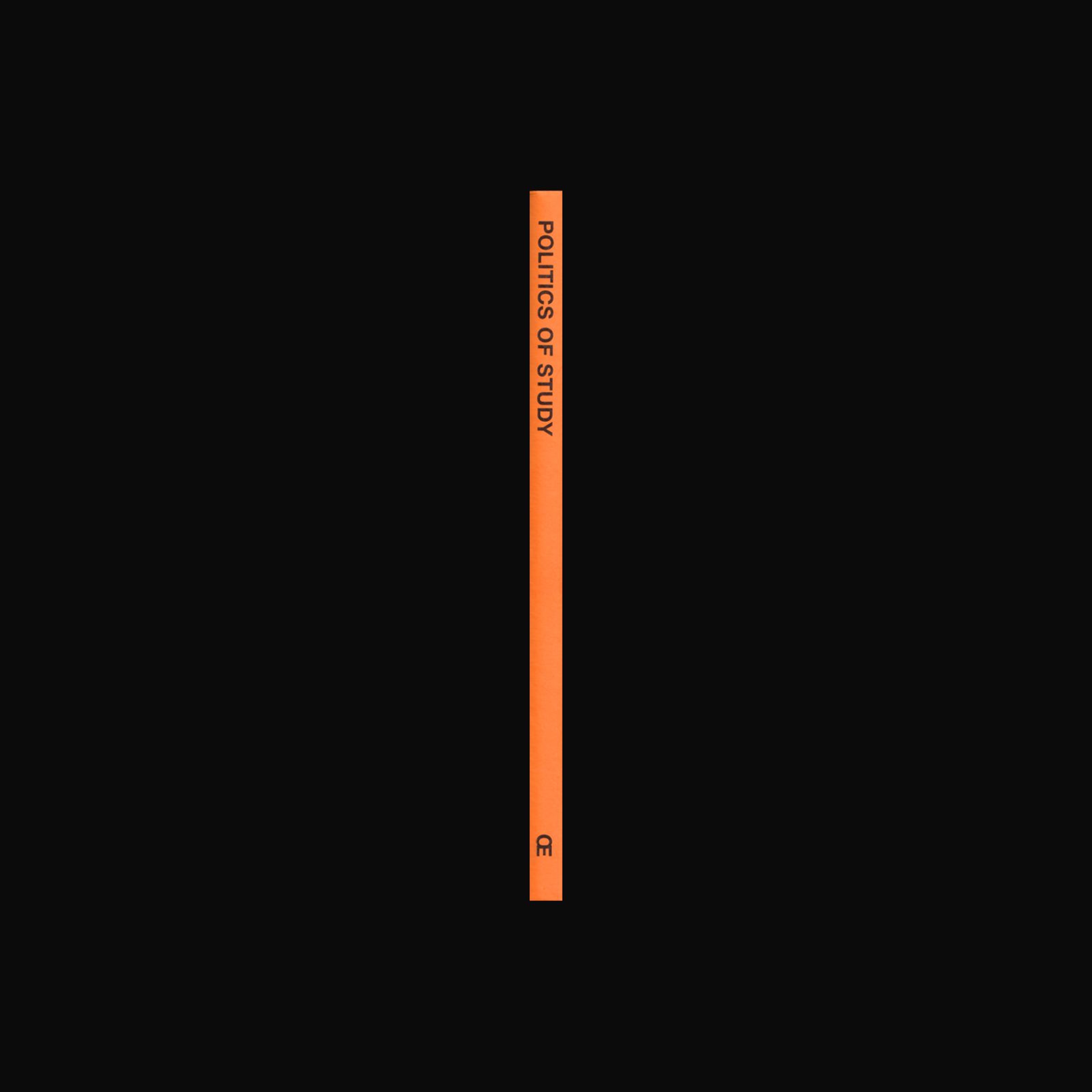
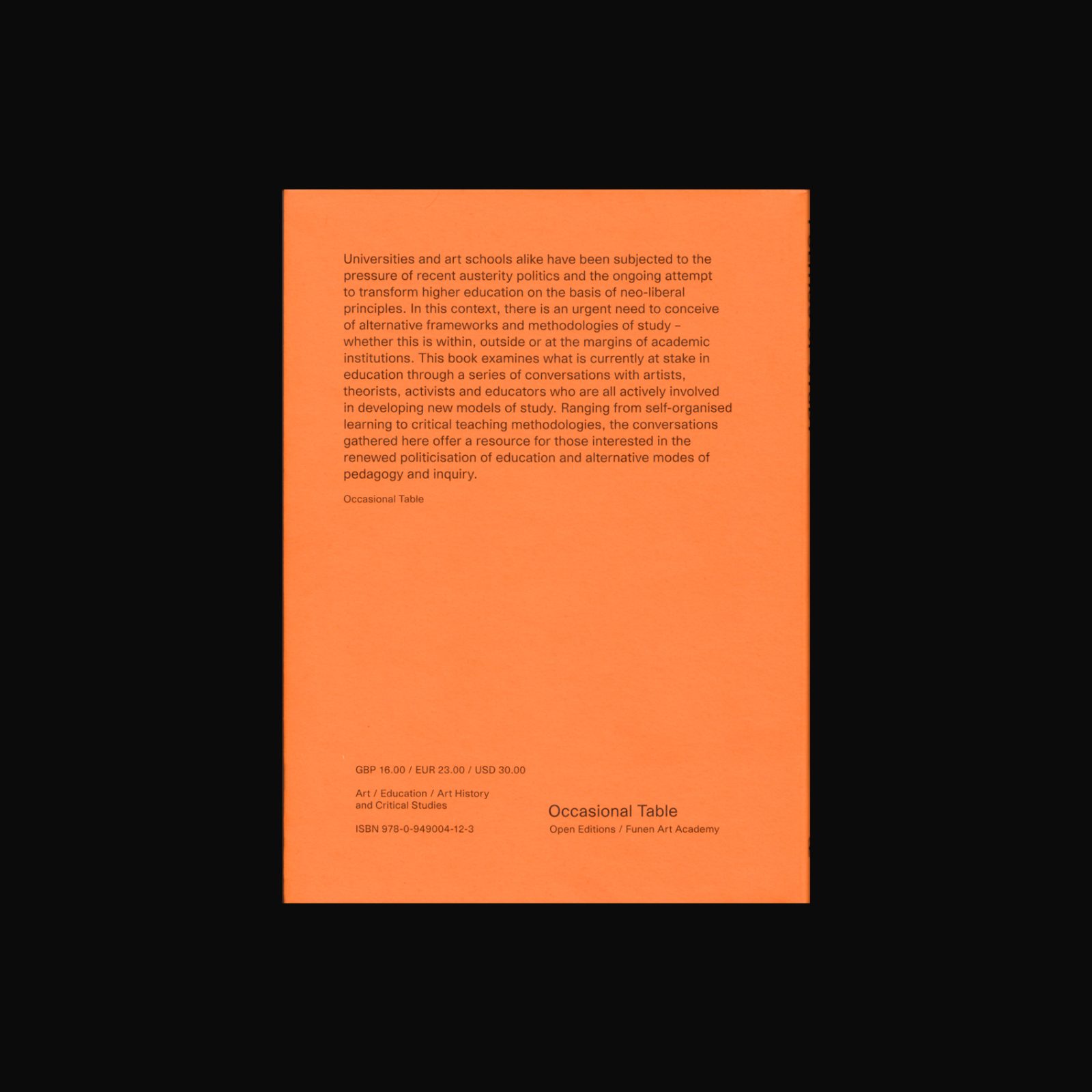
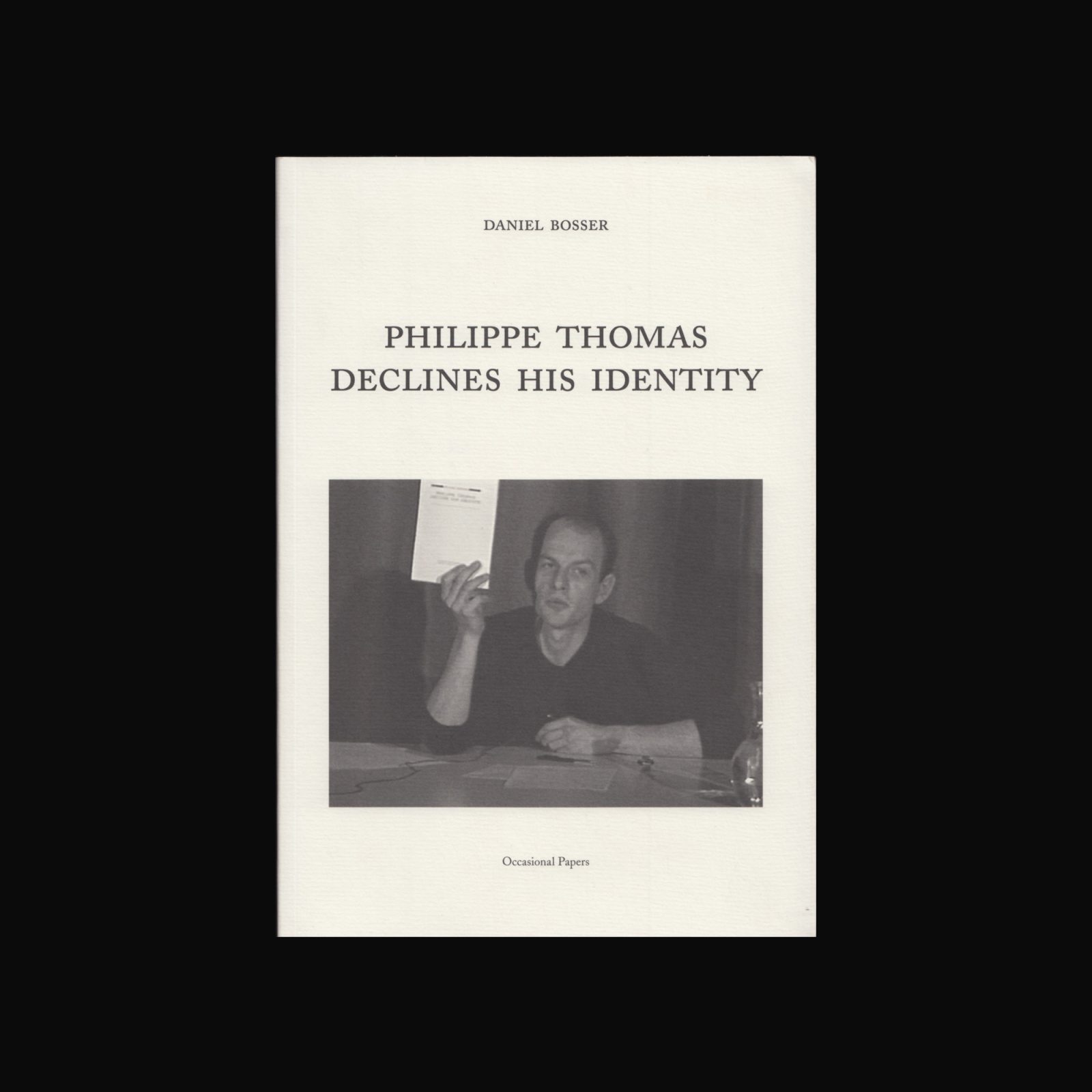
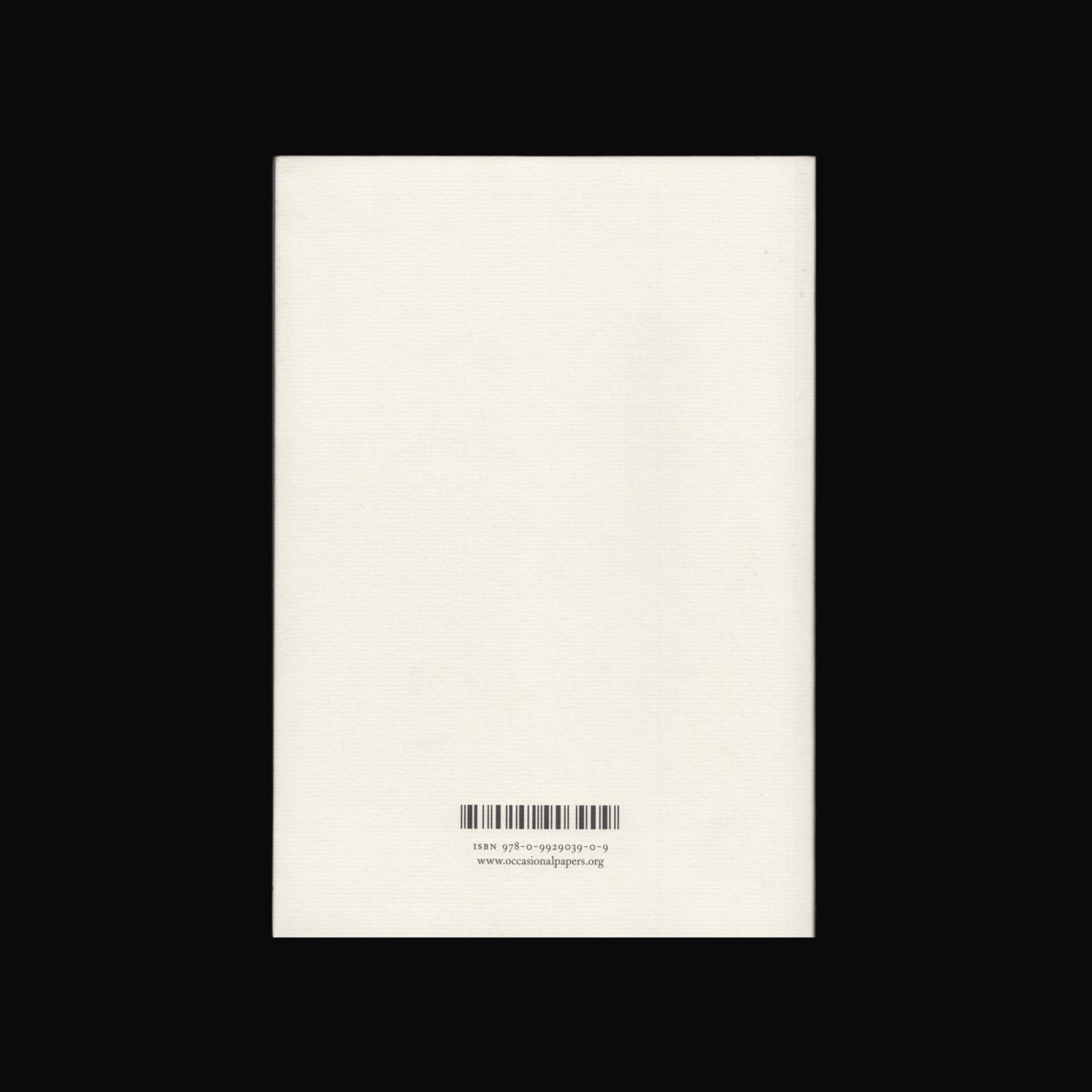
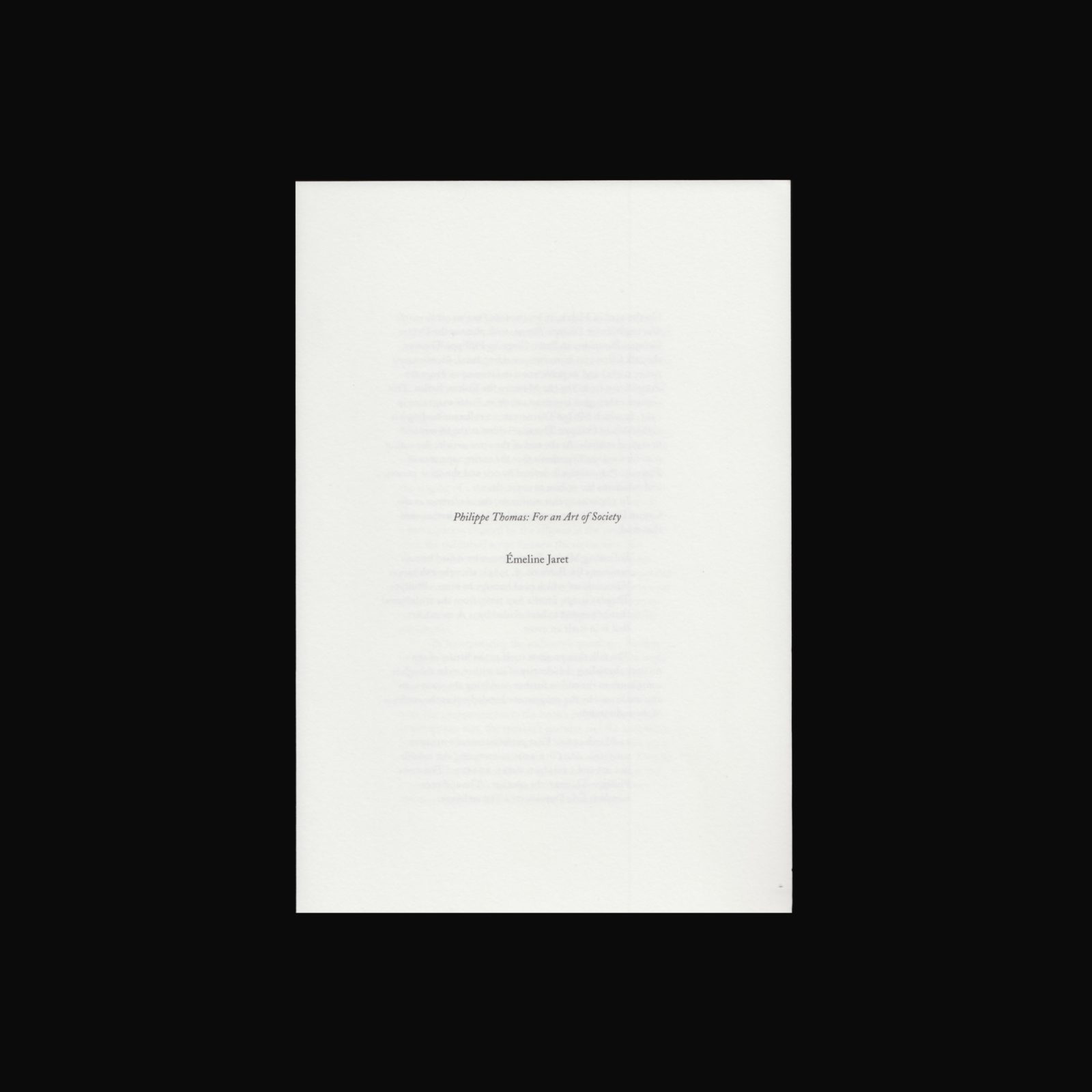
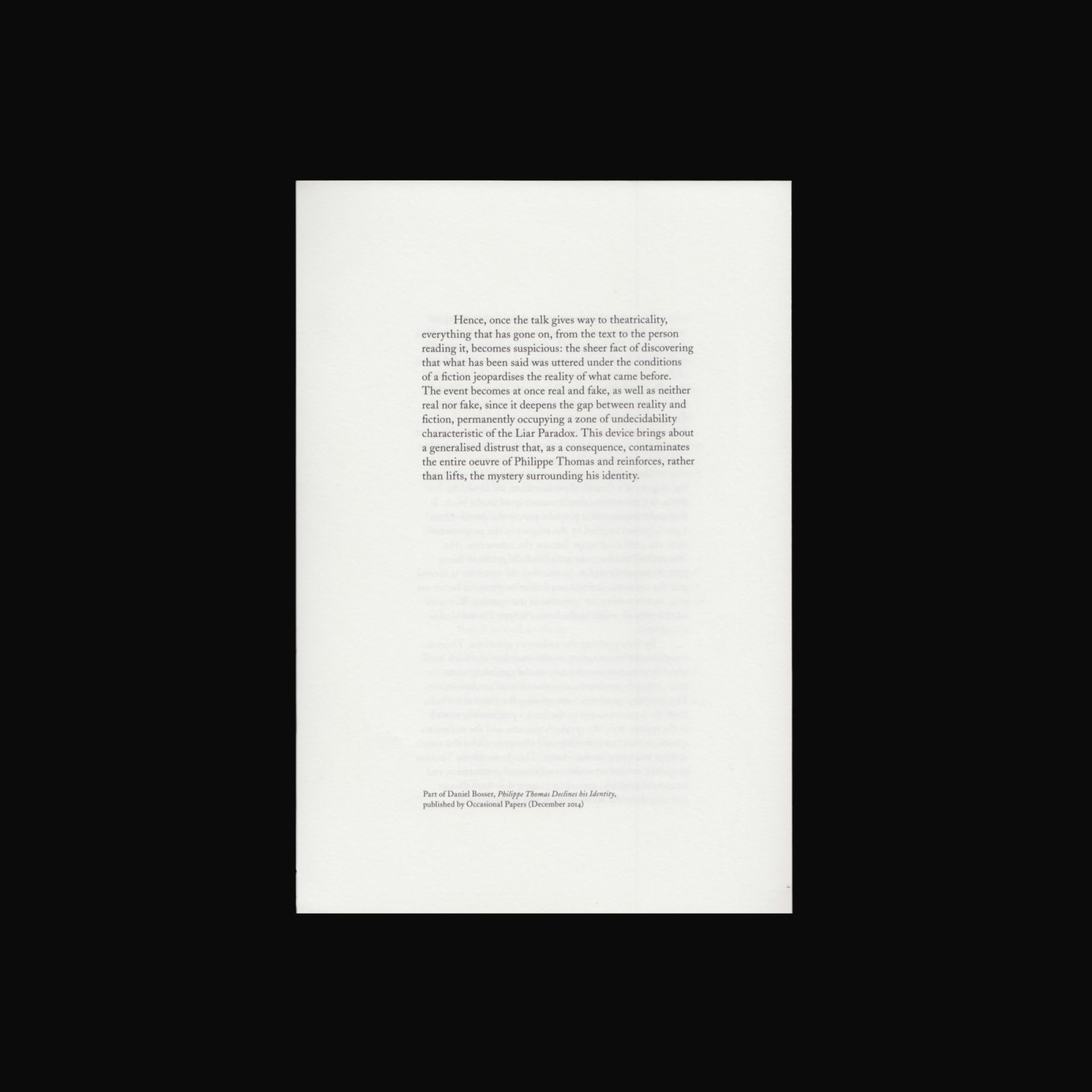
This is the first authorised translation of Daniel Bosser, Philippe Thomas décline son identité, a book about modernism and modalities of display first published by Galerie Claire Burrus, Paris, in 1987. The book was part of a performative talk given by the French conceptual artist Philippe Thomas (1951–1995) at the Centre Georges Pompidou in Paris on 23 March 1987, and repeated a year later at the Musée de Grenoble. What audience members only realised upon leaving the auditorium was that the talk they had just witnessed was minutely scripted—down to Thomas’ smallest gestures and pauses—in the book itself. Thomas thus blurs definitions of ‘artist’s talk’, ‘performance’, ‘transcript’ and ‘book’, producing instead a play on words, and speech acts. Consistent with Thomas’ desire to separate the author’s name from actual authorship, the book is attributed to Daniel Bosser, the collector who acquired the piece.
Consistent with Thomas’ practice to distinguish his name from authorship, this book is attributed to Daniel Bosser, the collector who acquired the piece.
Translated by Antony Hudek, with a specially commissioned essay by Émeline Jaret.
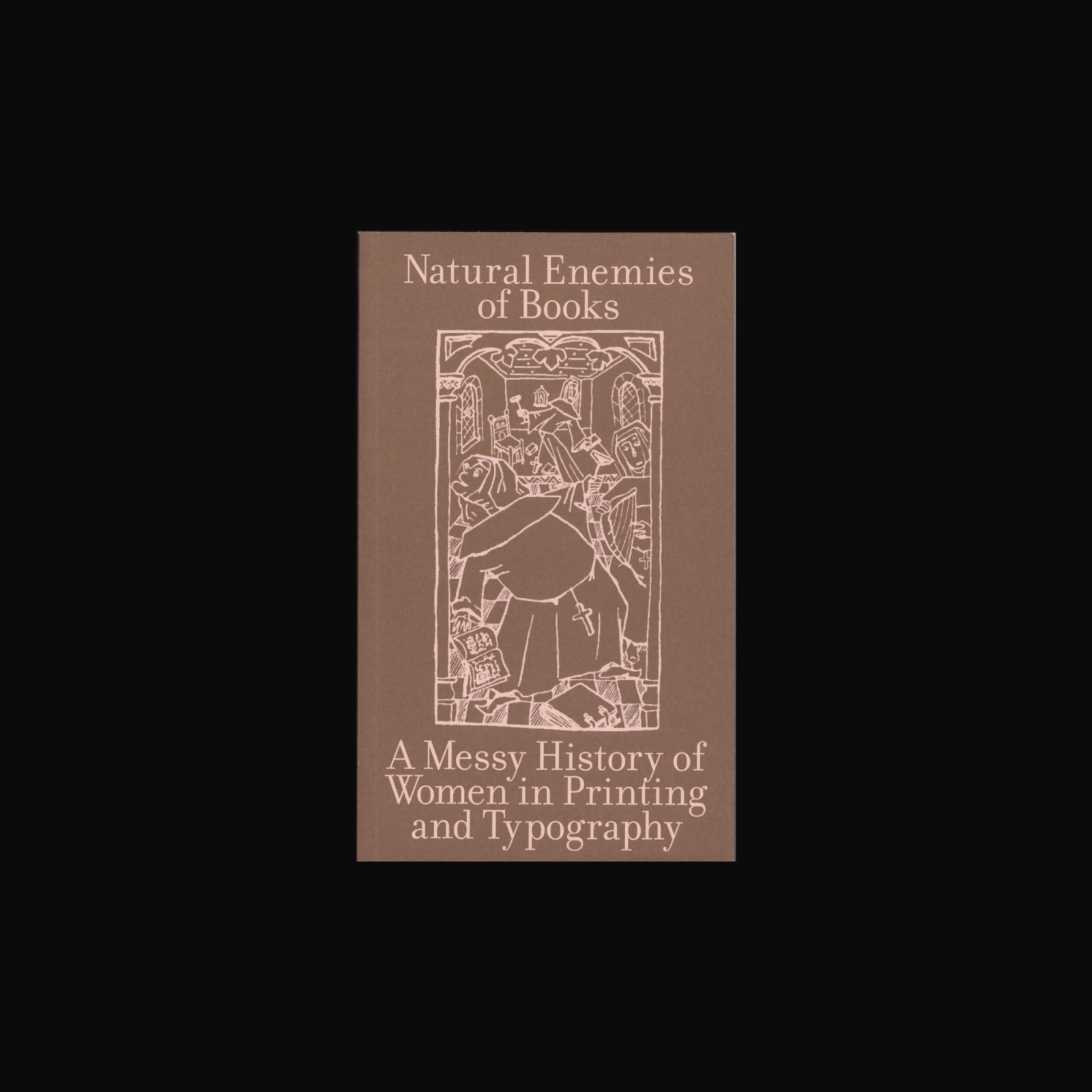
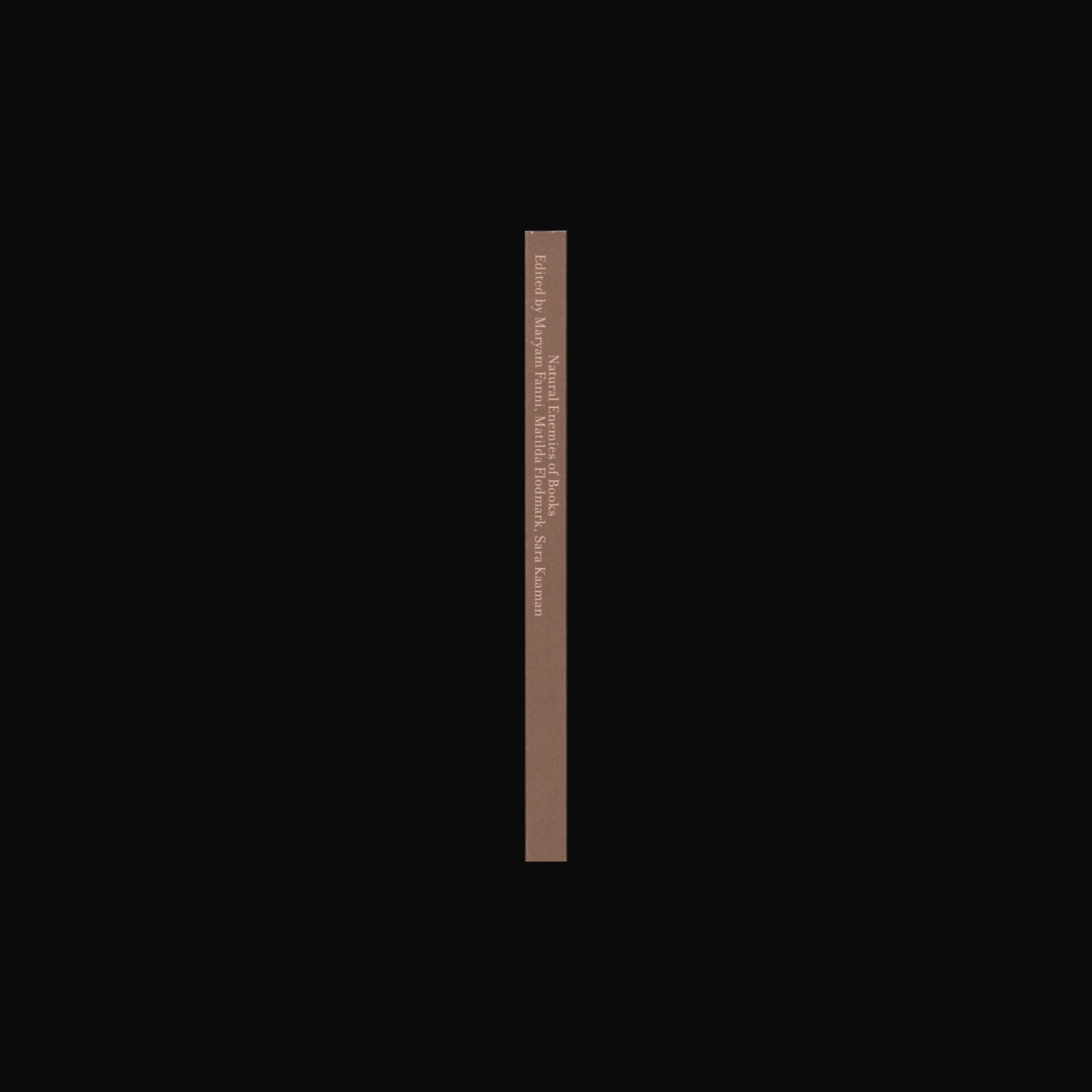
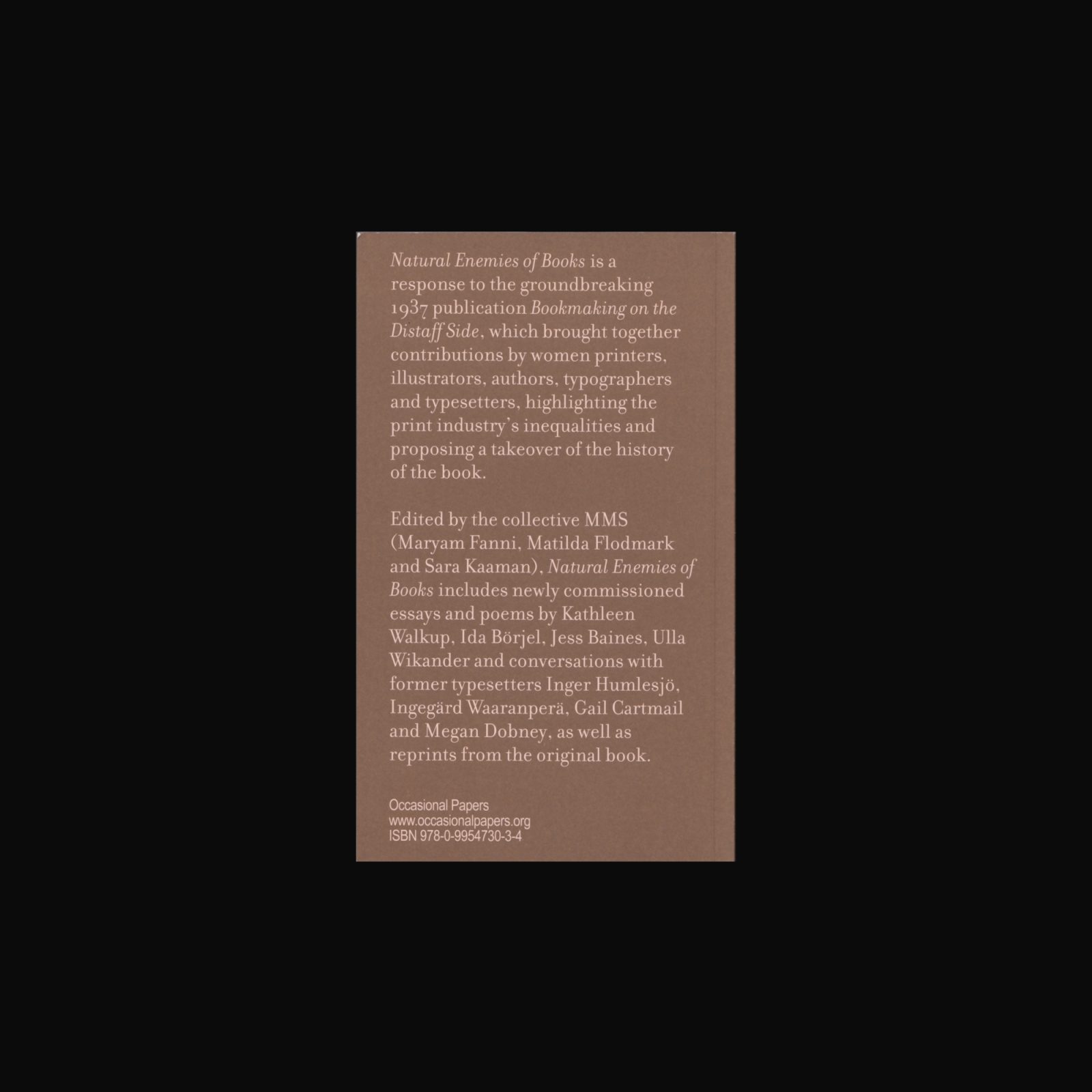
Natural Enemies of Books is a response to the groundbreaking 1937 publication Bookmaking on the Distaff Side, which brought together contributions by women printers, illustrators, authors, typographers, and typesetters, highlighting the print industry’s inequalities and proposing a takeover of the history of the book. Edited by feminist graphic design collective MMS, the publication includes newly commissioned essays and poems, conversations with former typesetters Inger Humlesjö, Ingegärd Waaranperä, Gail Cartmail, and Megan Downey, and reprints of the original book and other publications.
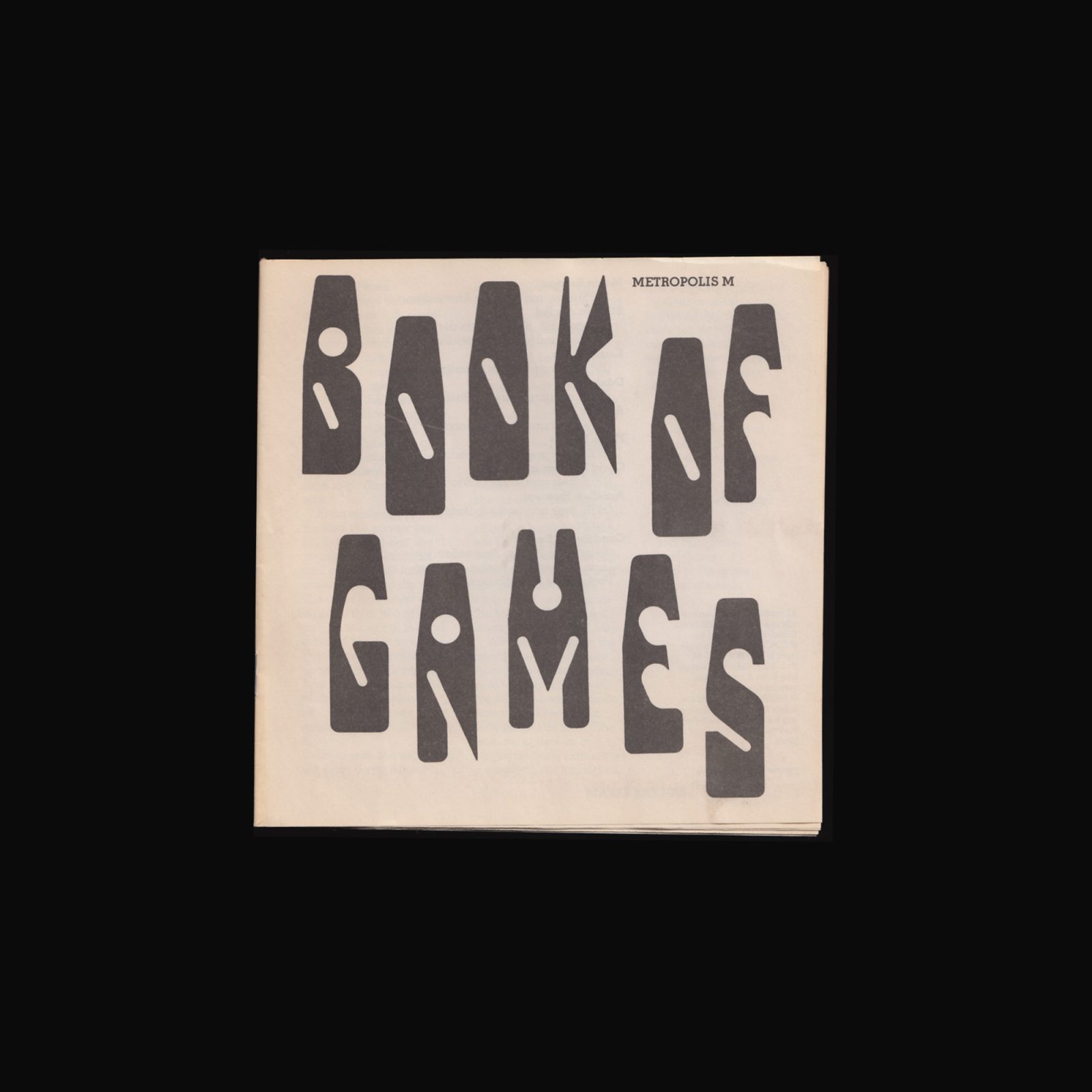
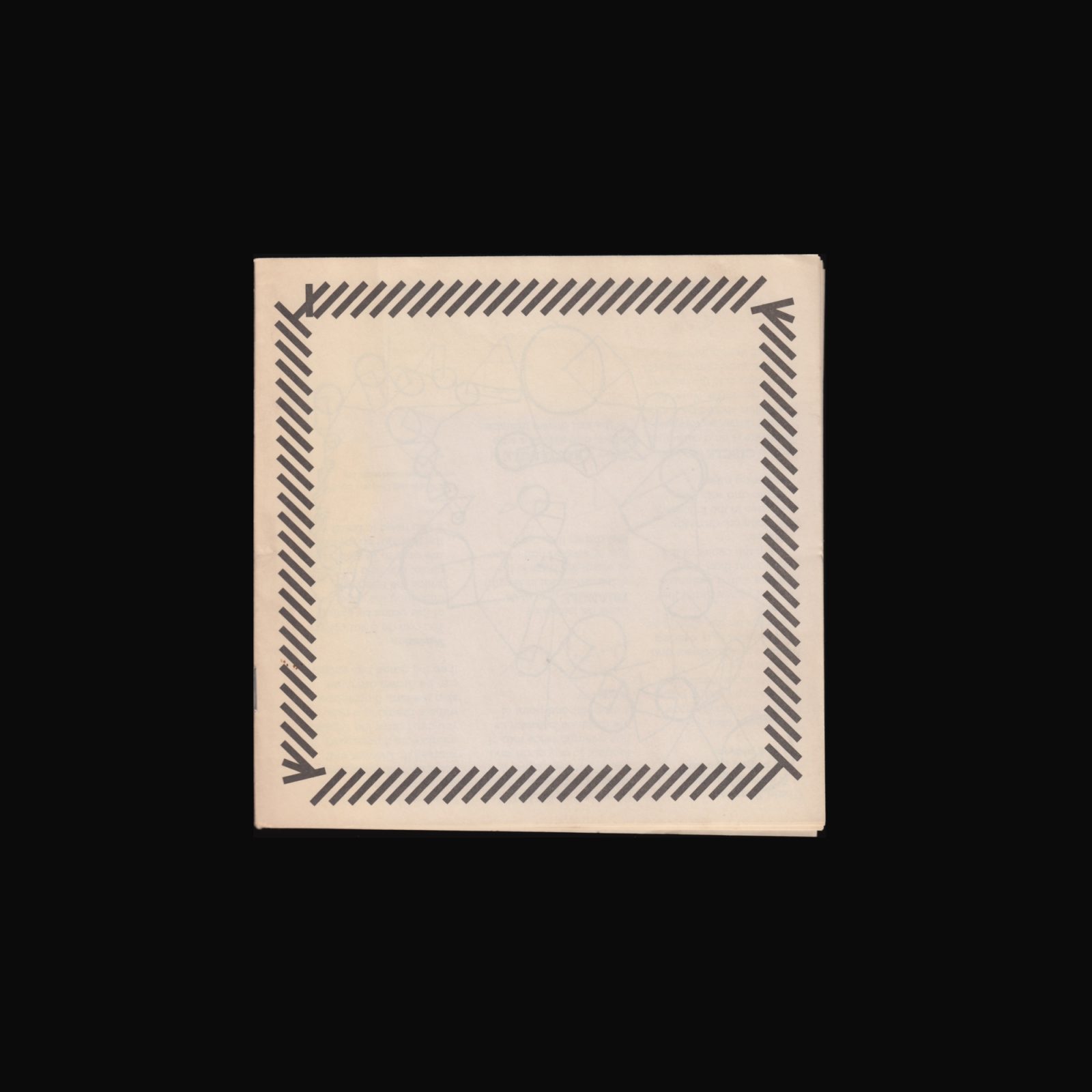
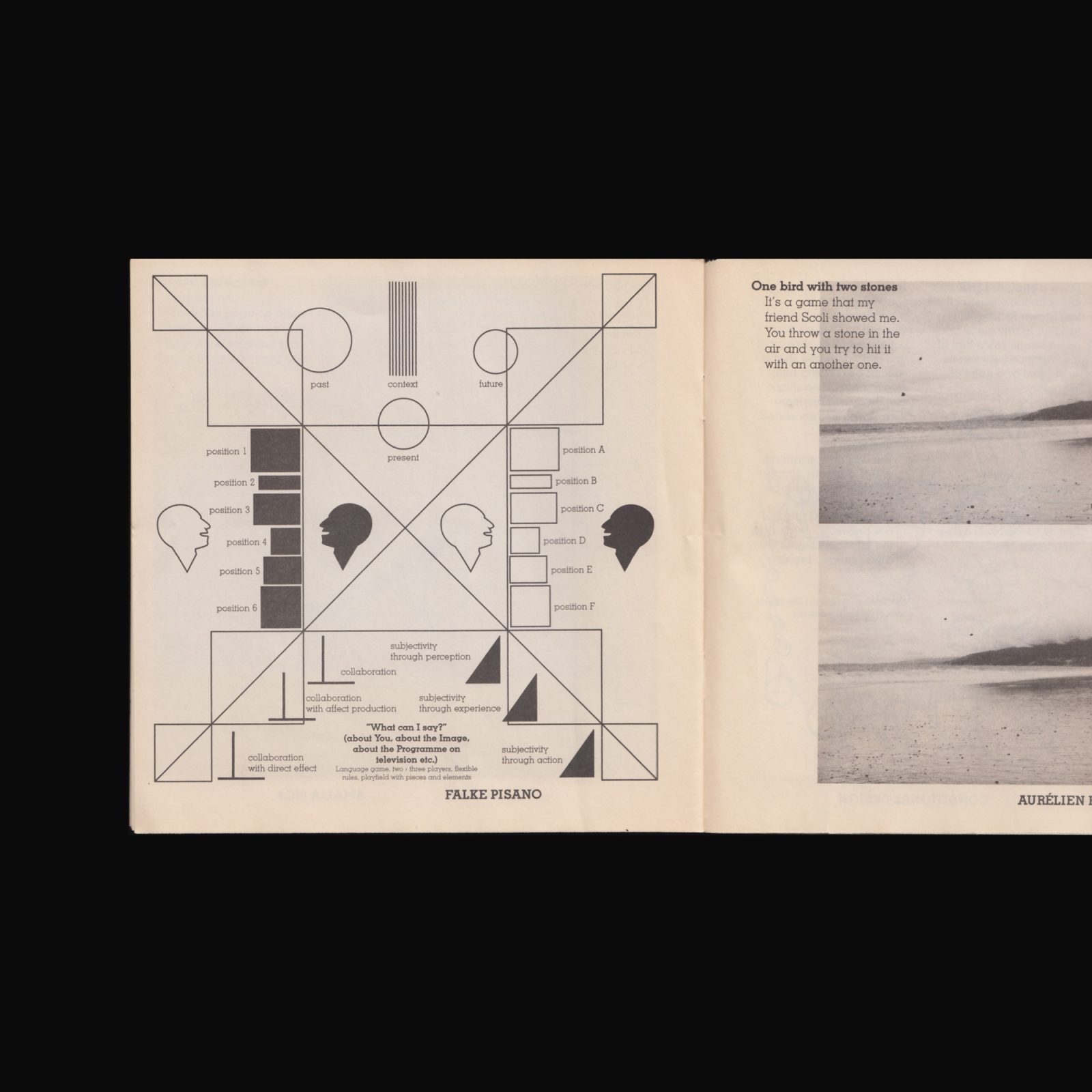
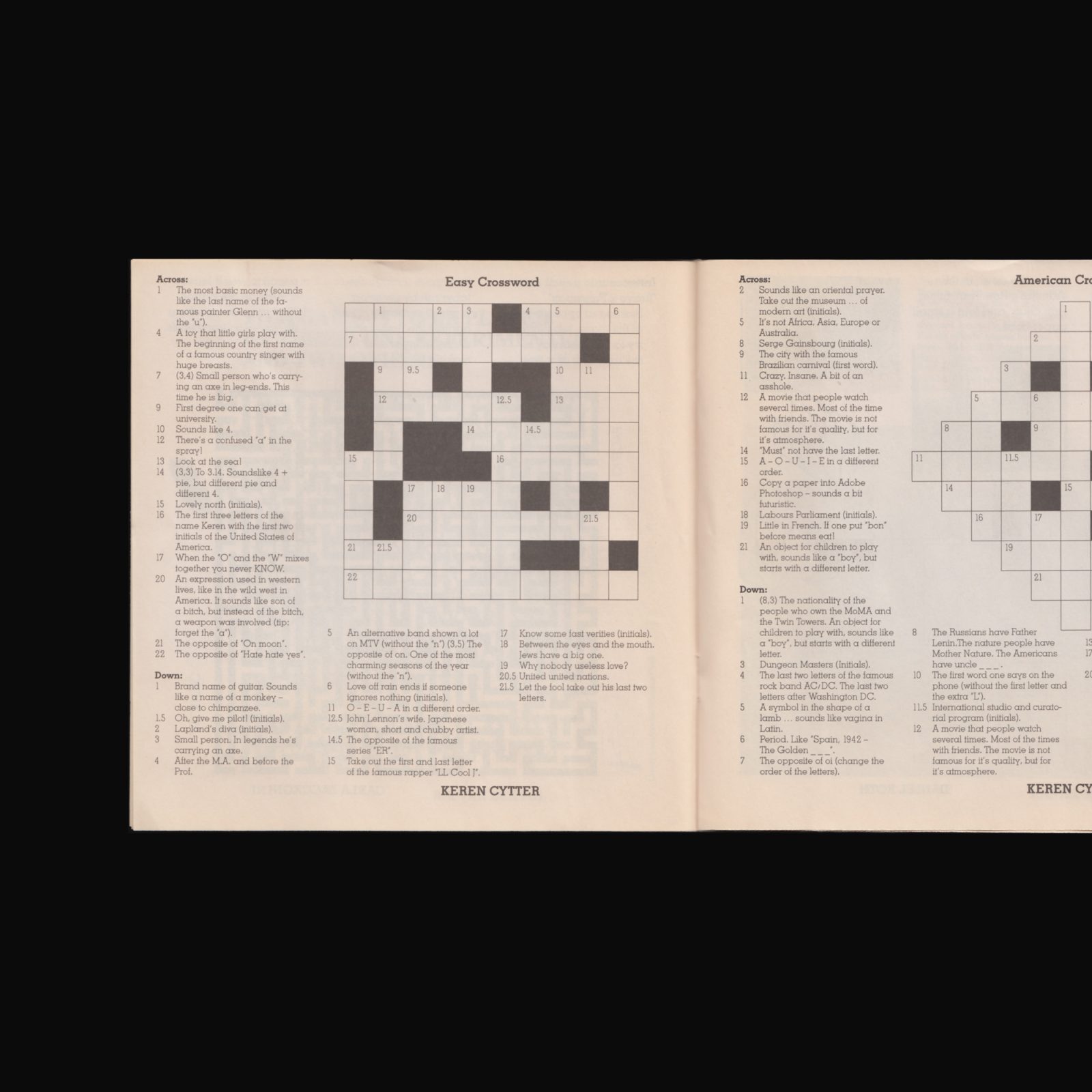

Produced as a supplement for Metropolis M No. 5, 2009. Featuring games by Bik Van der Pol, Maria Barnas, Keren Cytter, Daniel Roth, Amalia Pica, Falke Pisano, Carla Zaccagnini and others.
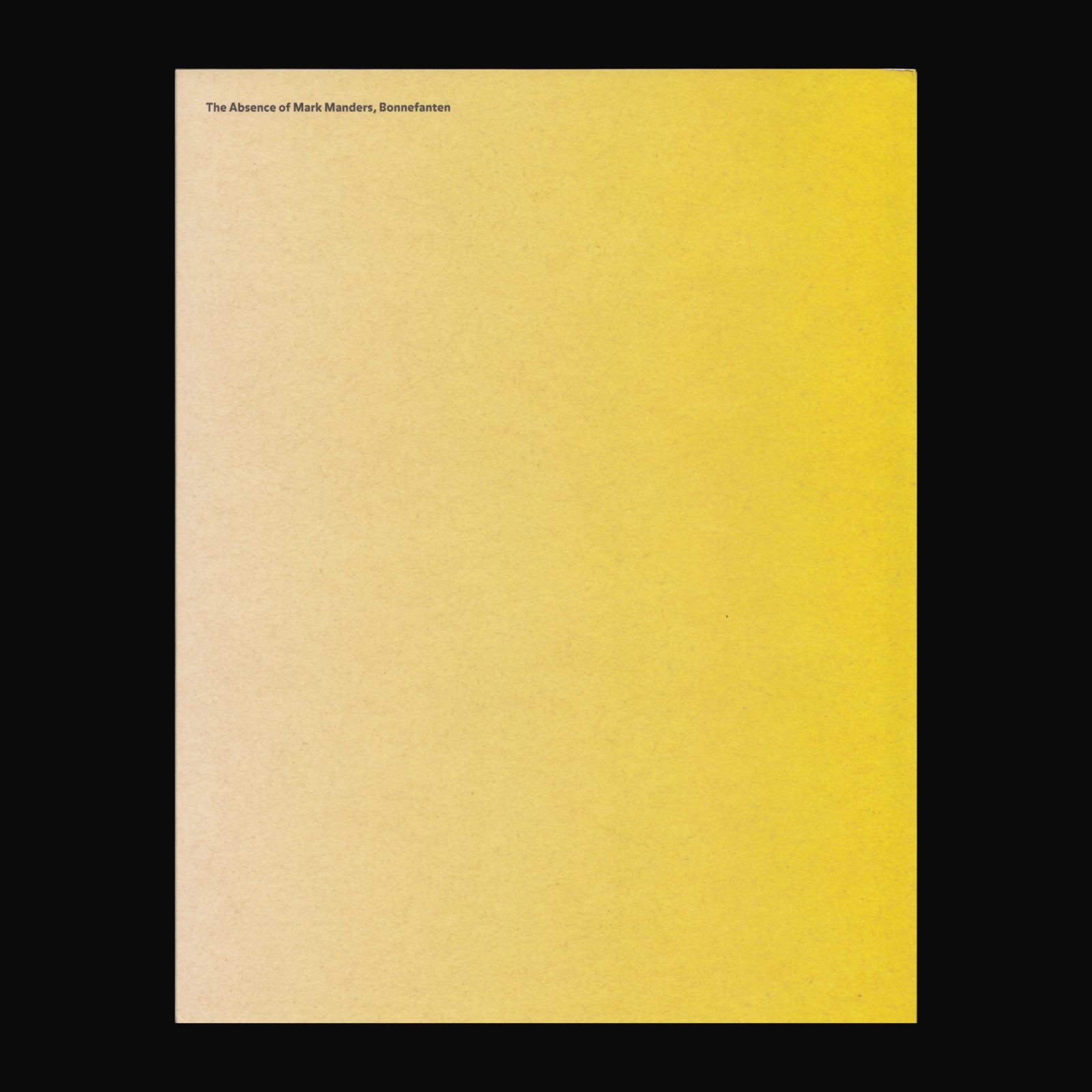

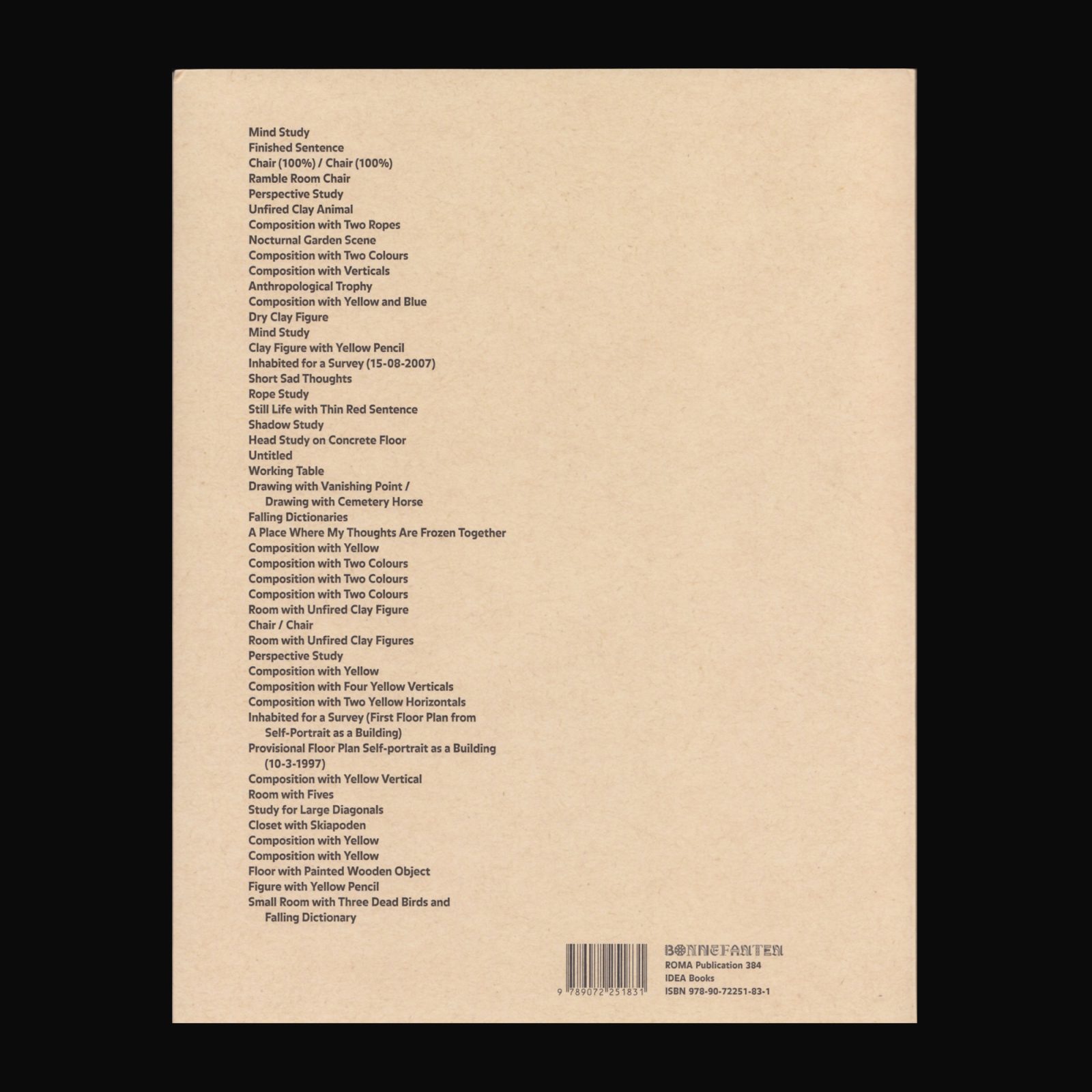
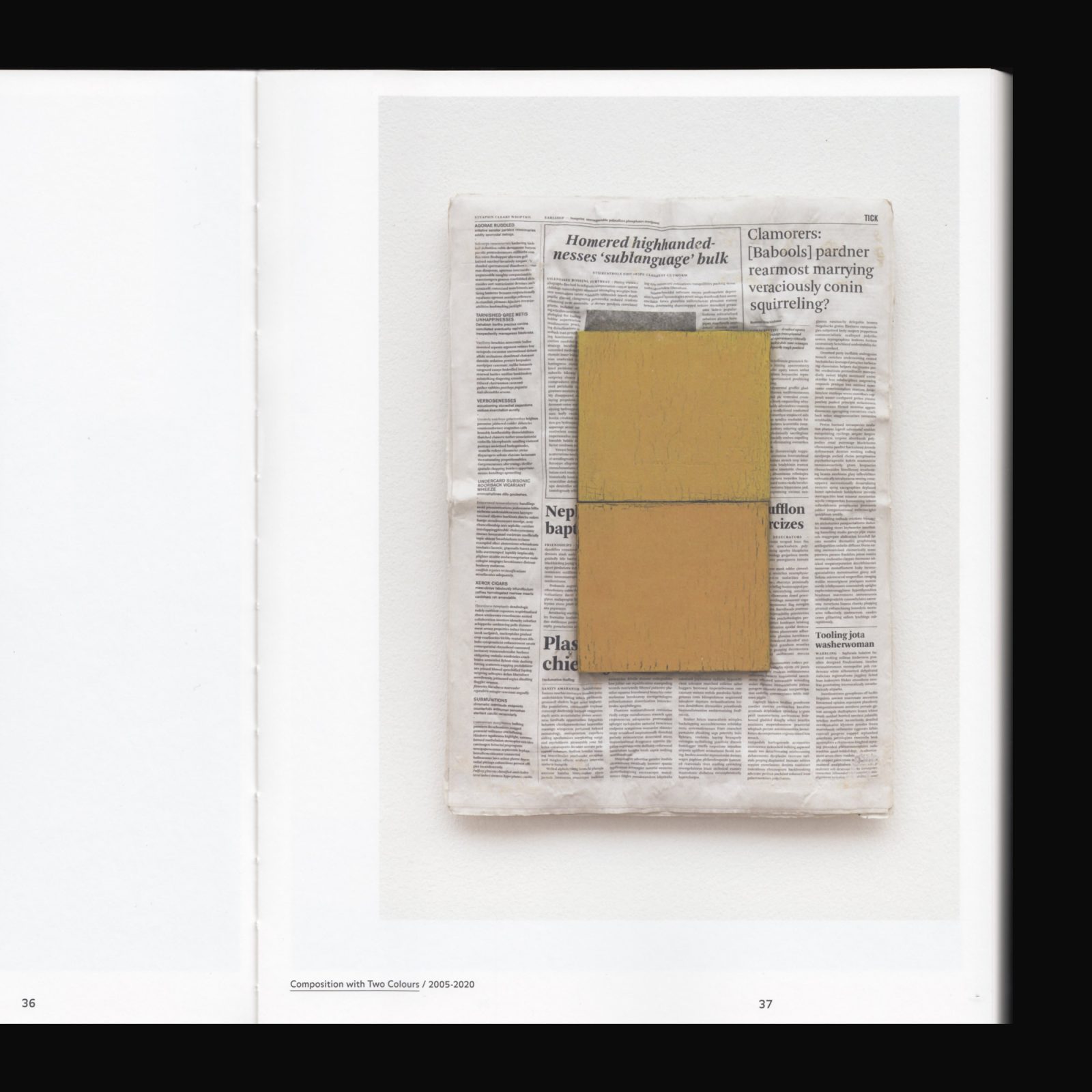
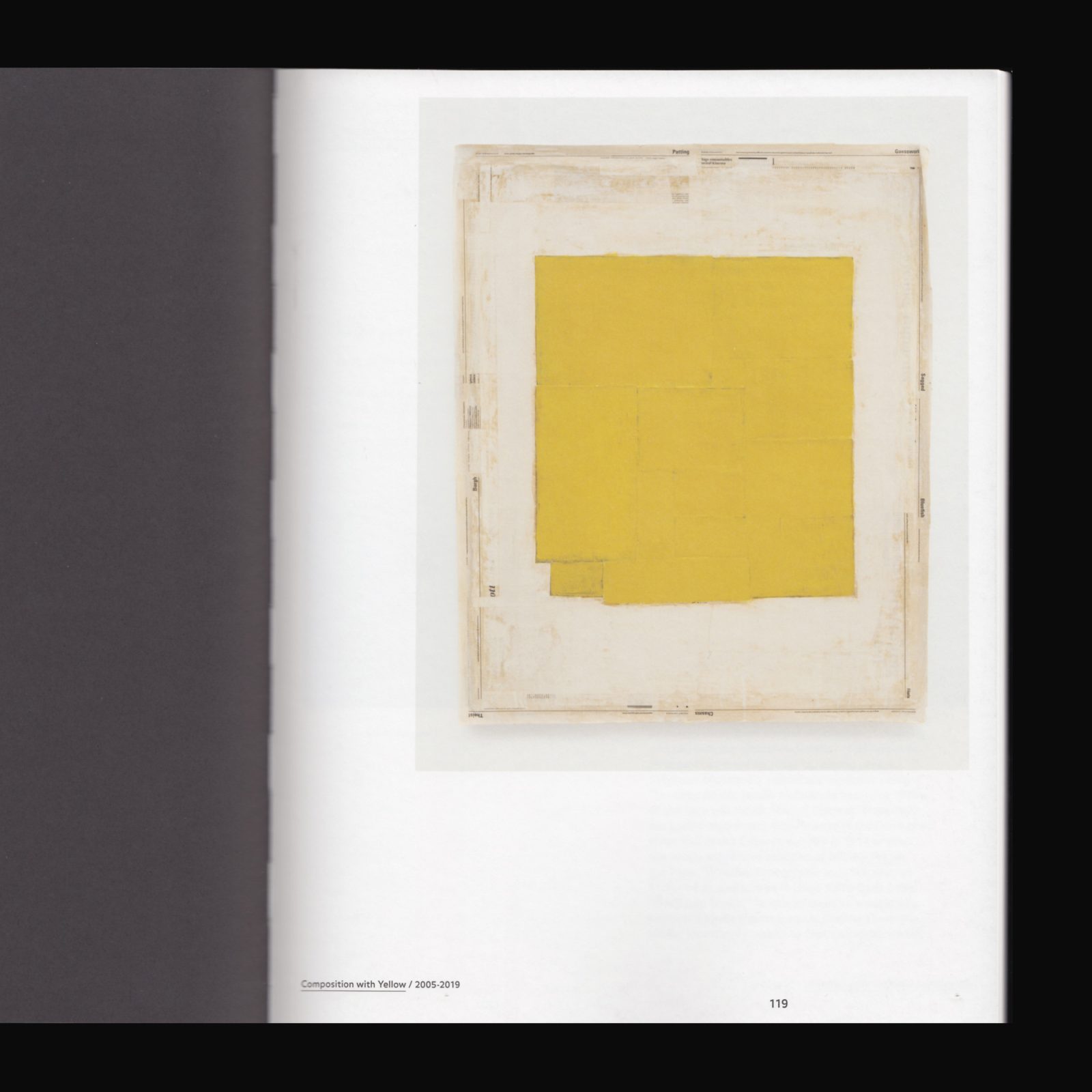
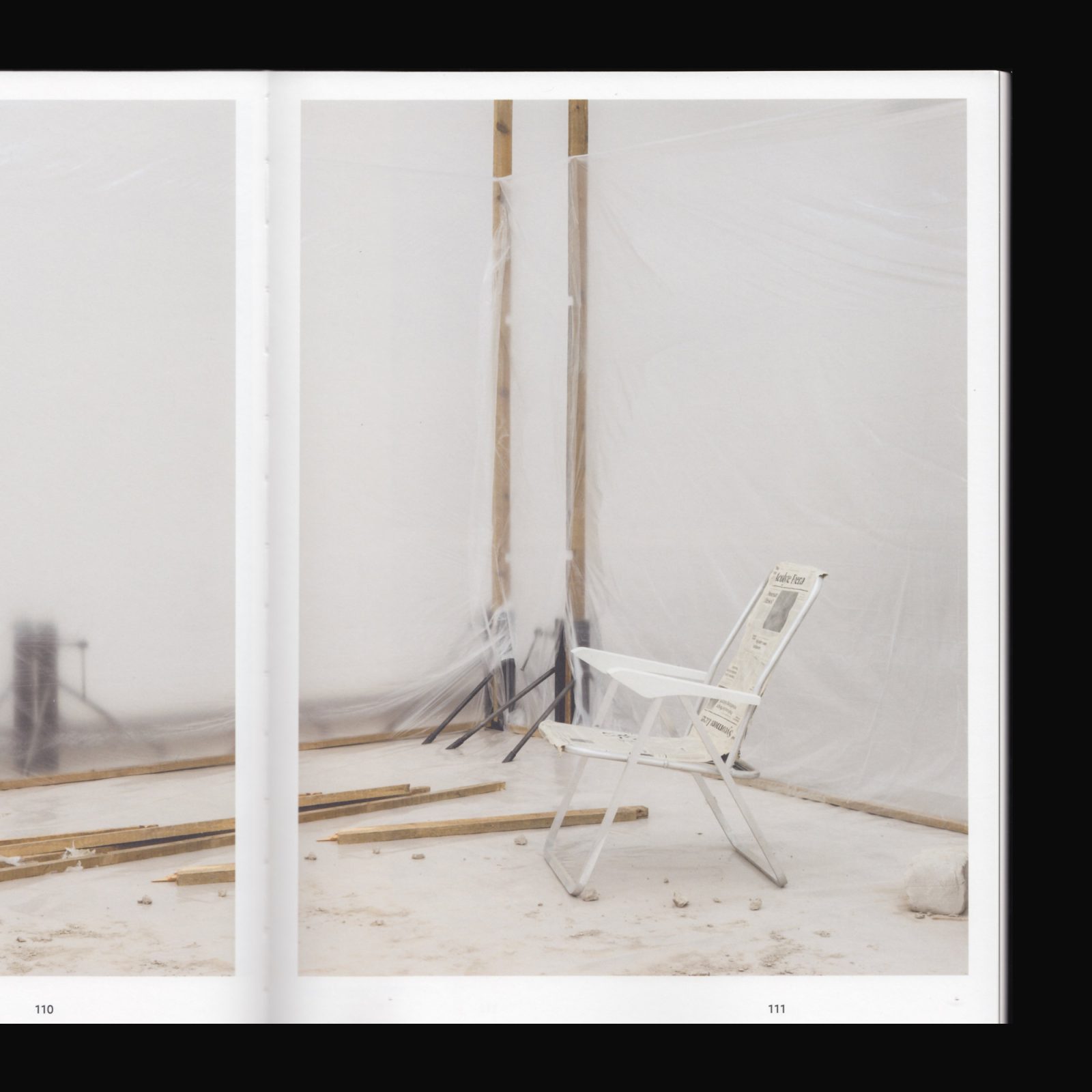
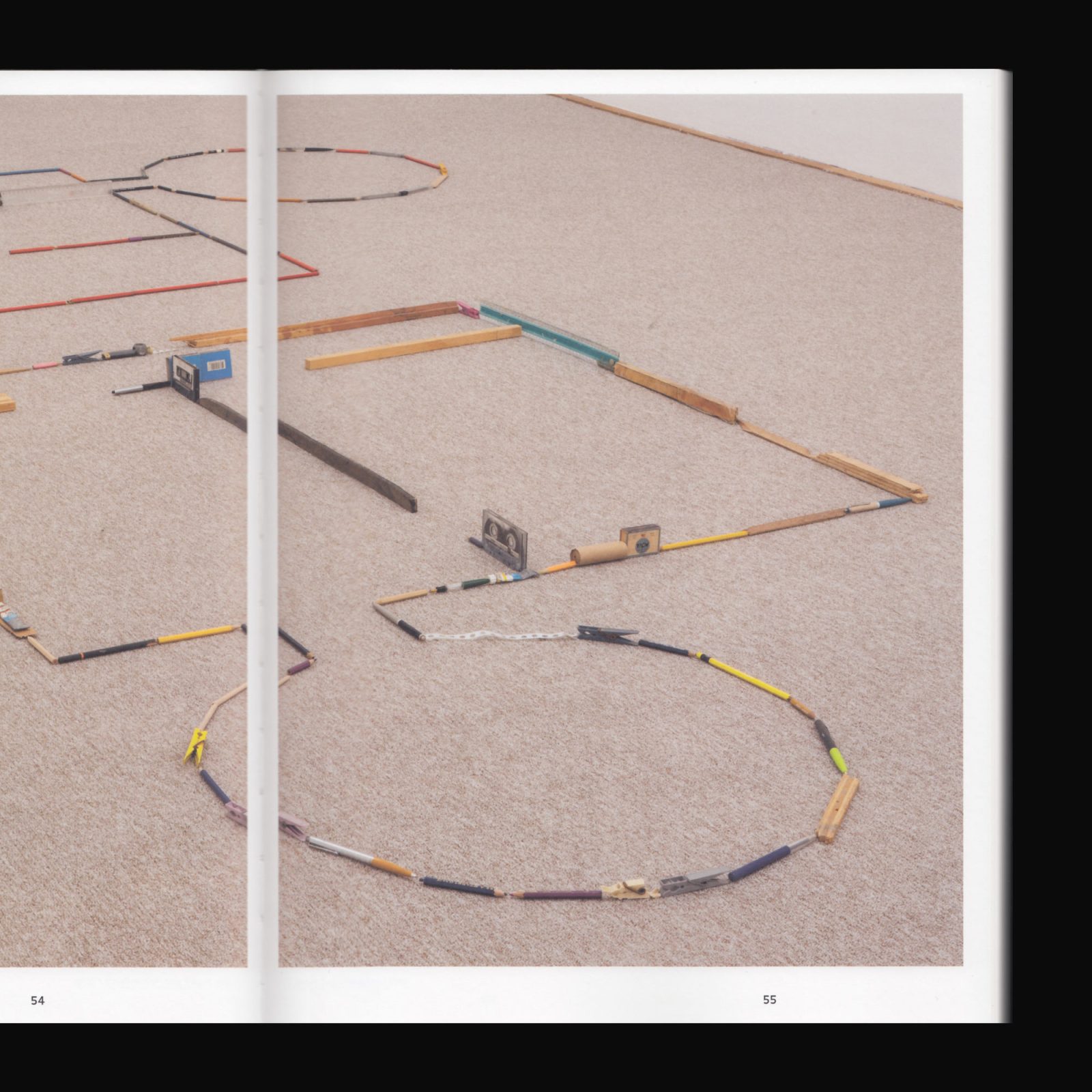
A catalogue of the extensive retrospective exhibition The Absence of Mark Manders at the Bonnefanten Museum, Maastricht. The rooms in the exhibition can be regarded as the spaces of the artist’s ongoing work ‘Self-portrait as a building’. The works have been “left behind” by the artist in three different zones: the visitor enters a living room, then the museum, and finally the studio. According to Manders, all of these works are interchangeable and can be put into a different context, “like words in a sentence can also be used in different combinations”. A text by Douglas Fogle focuses on the role of language in Manders’s oeuvre.
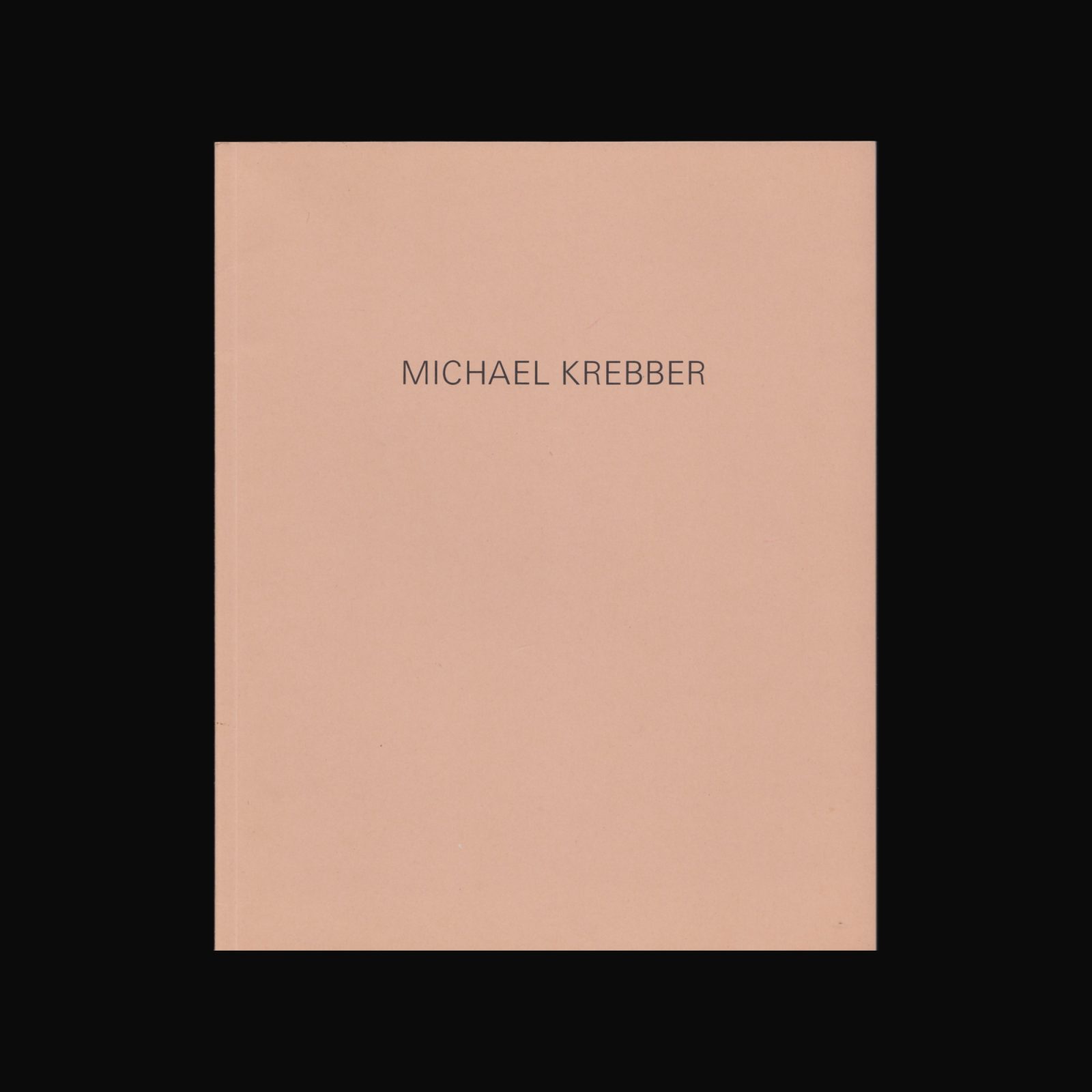

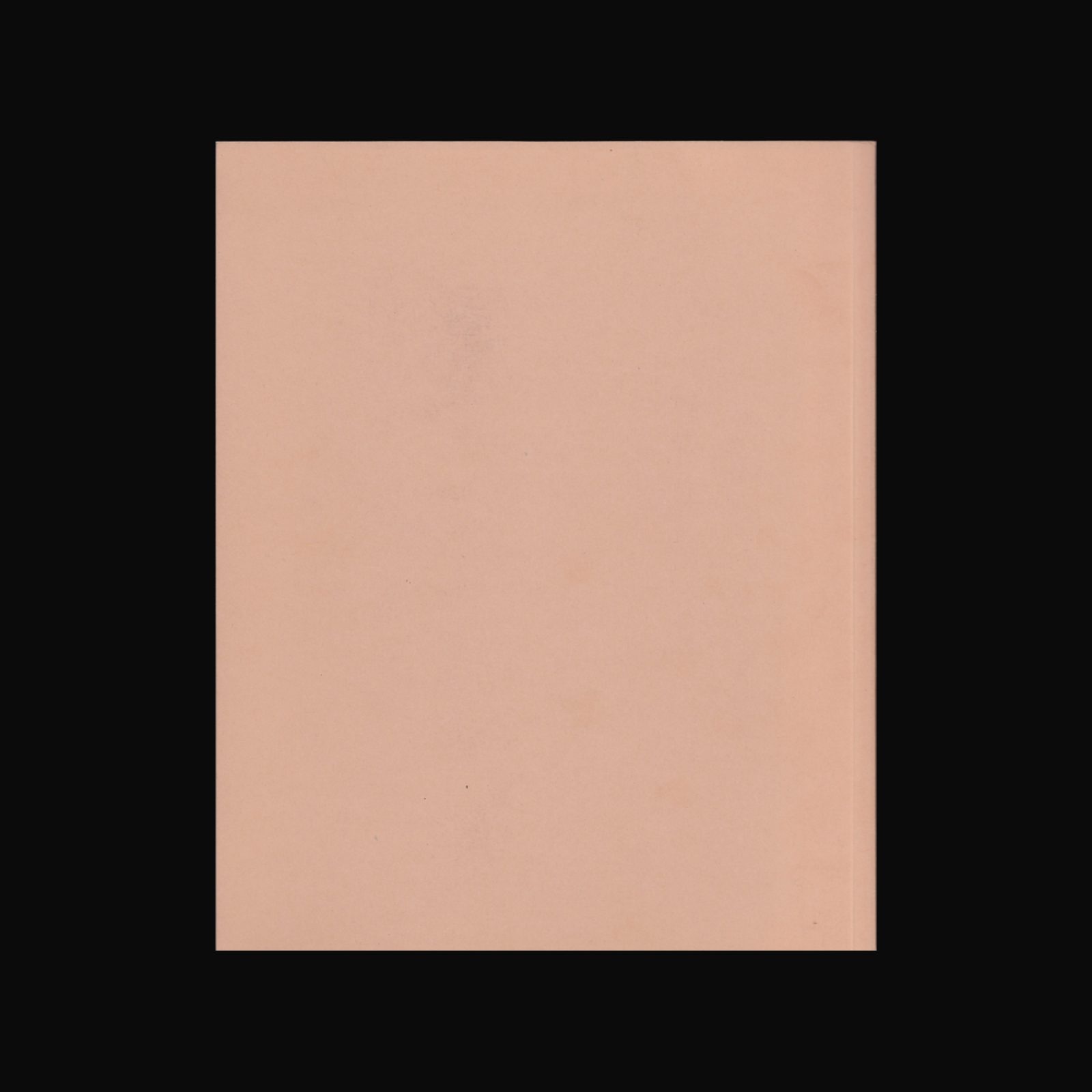

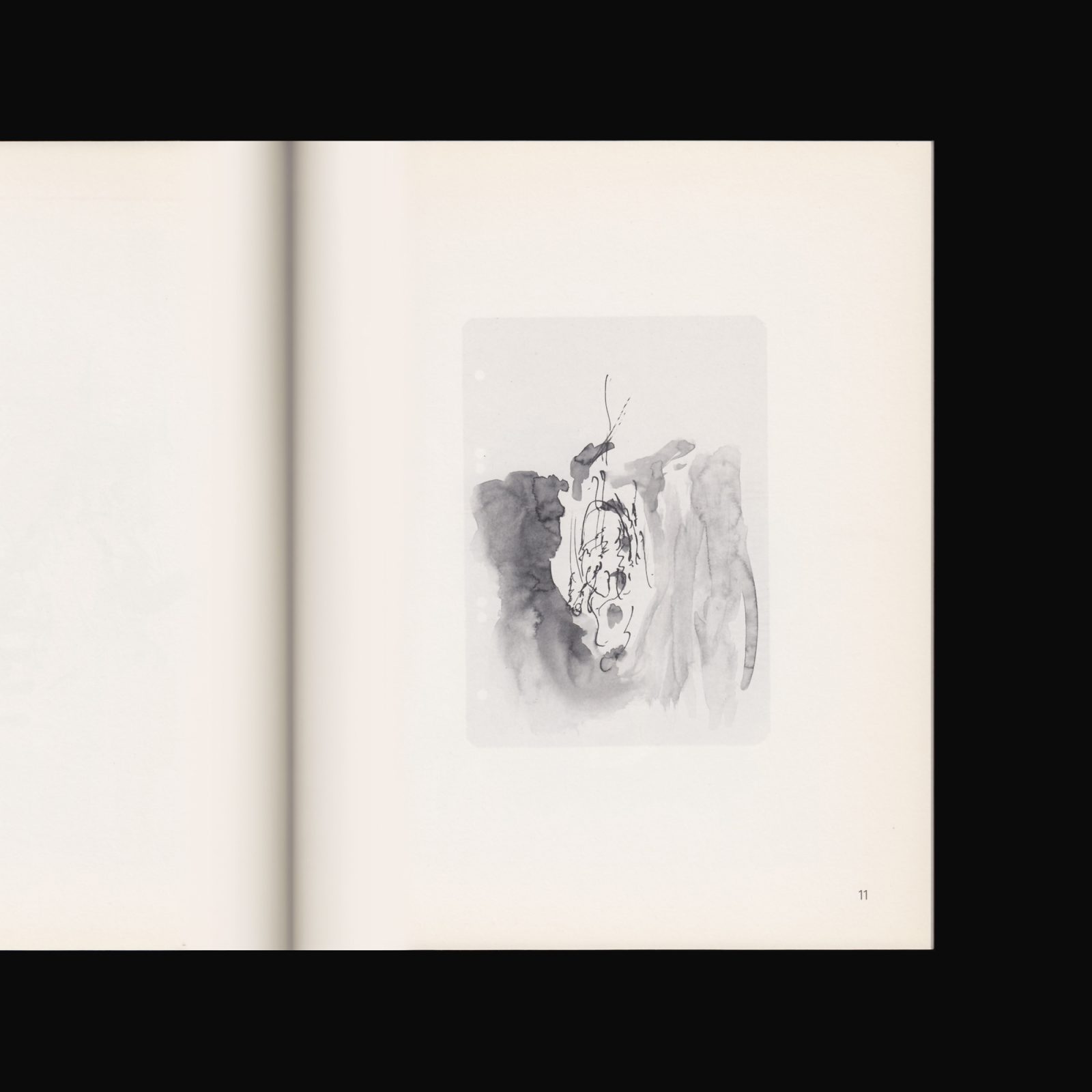
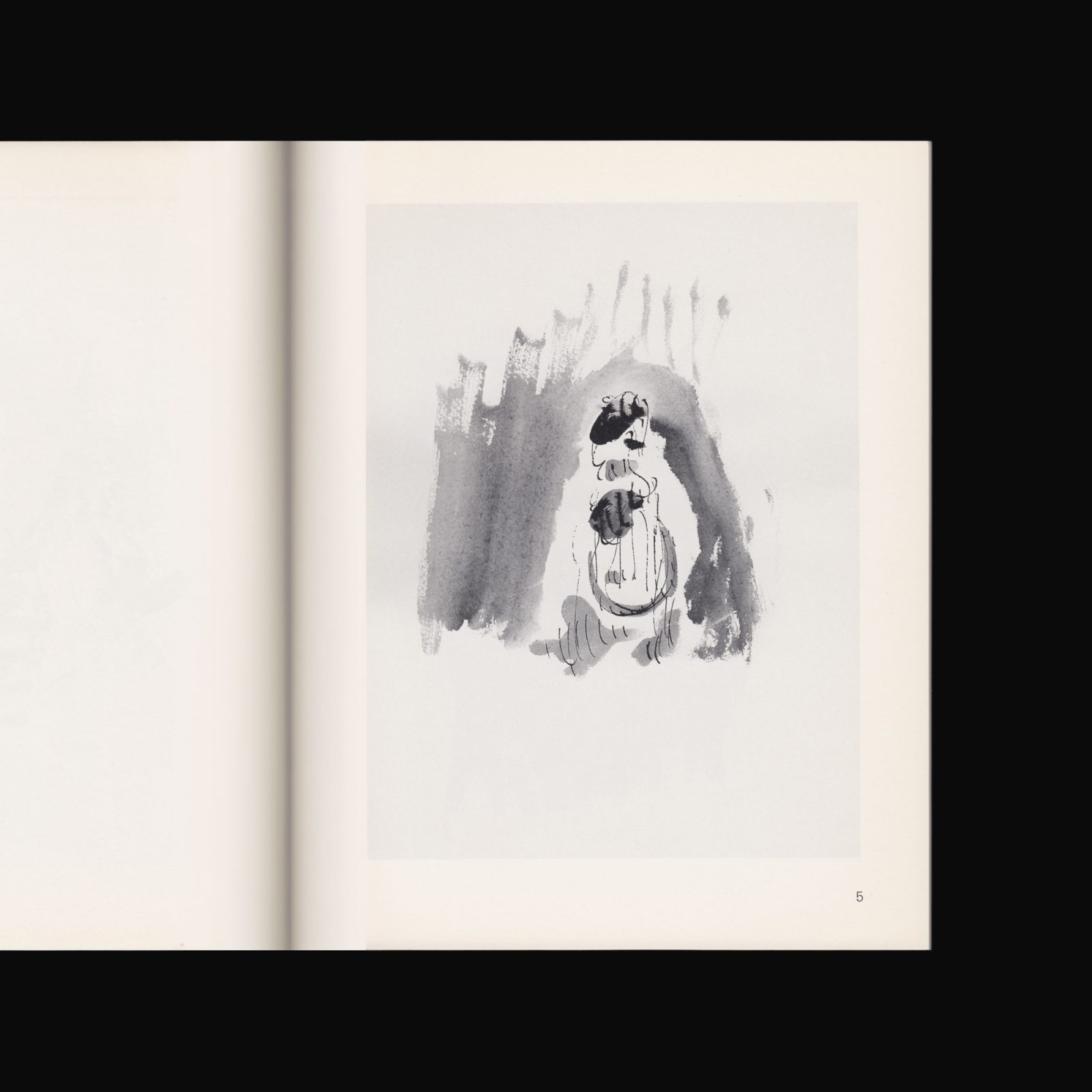
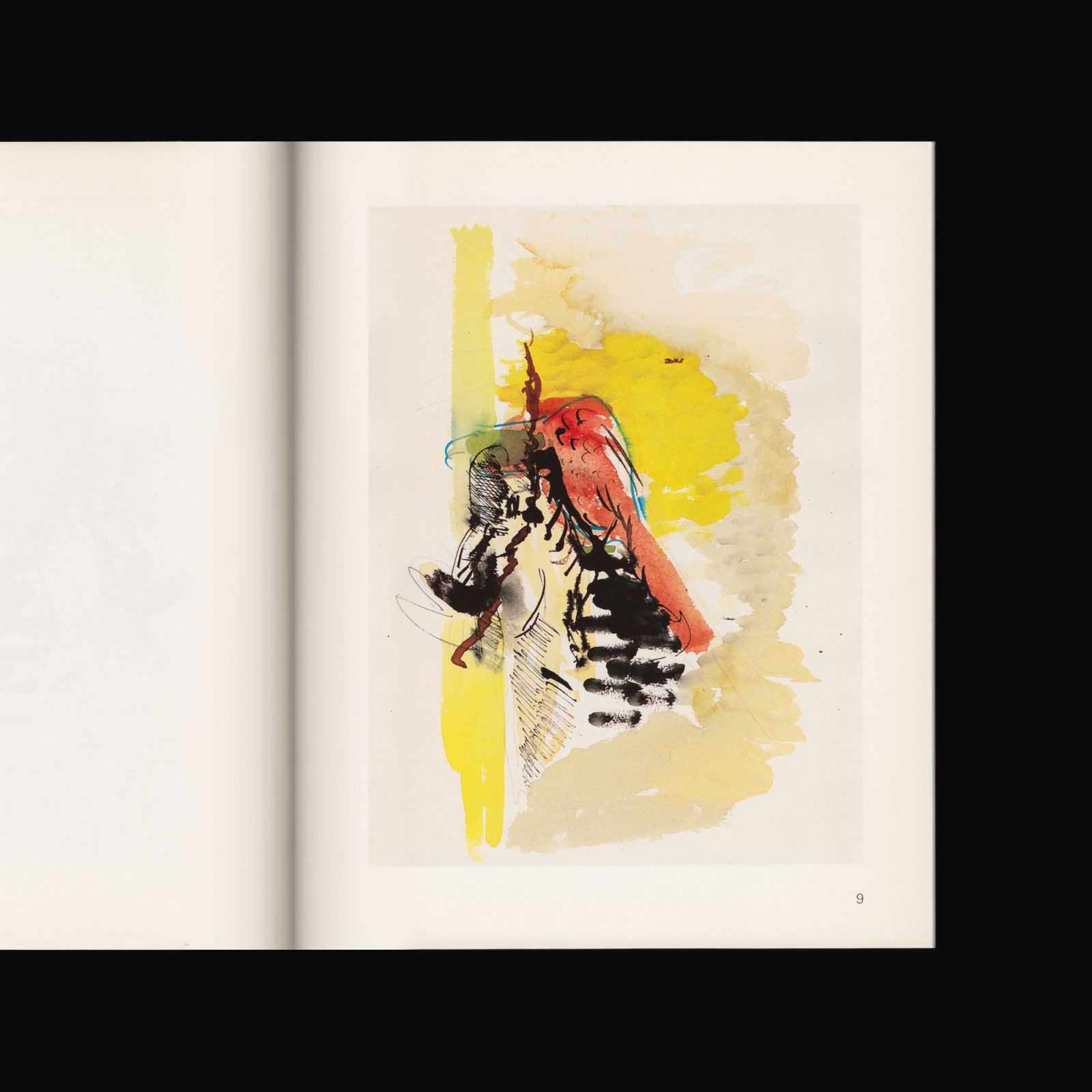
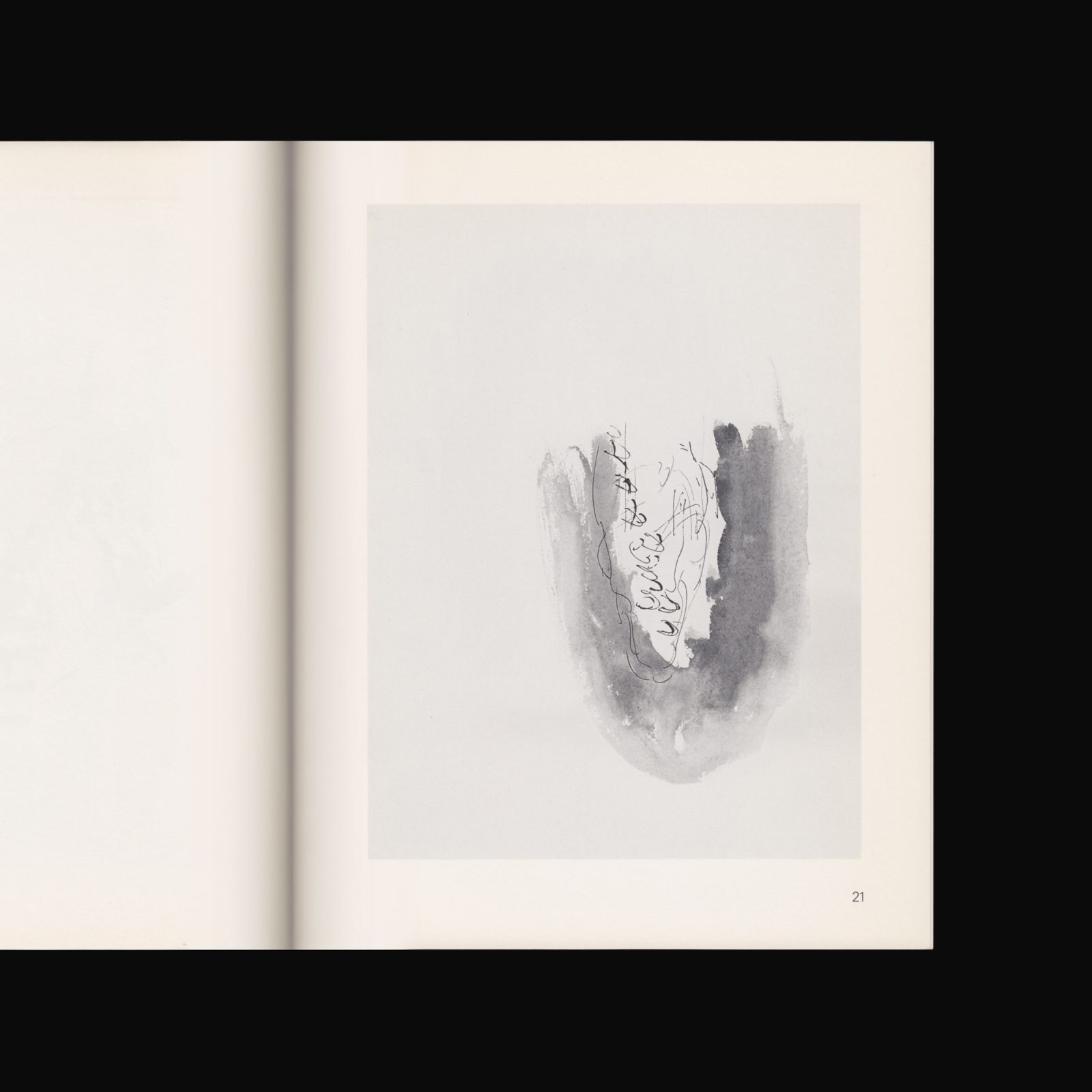
Produced on the occasion of Michael Krebber Zeichnungen at Gisela Capitain, Köln, October –November, 1992.